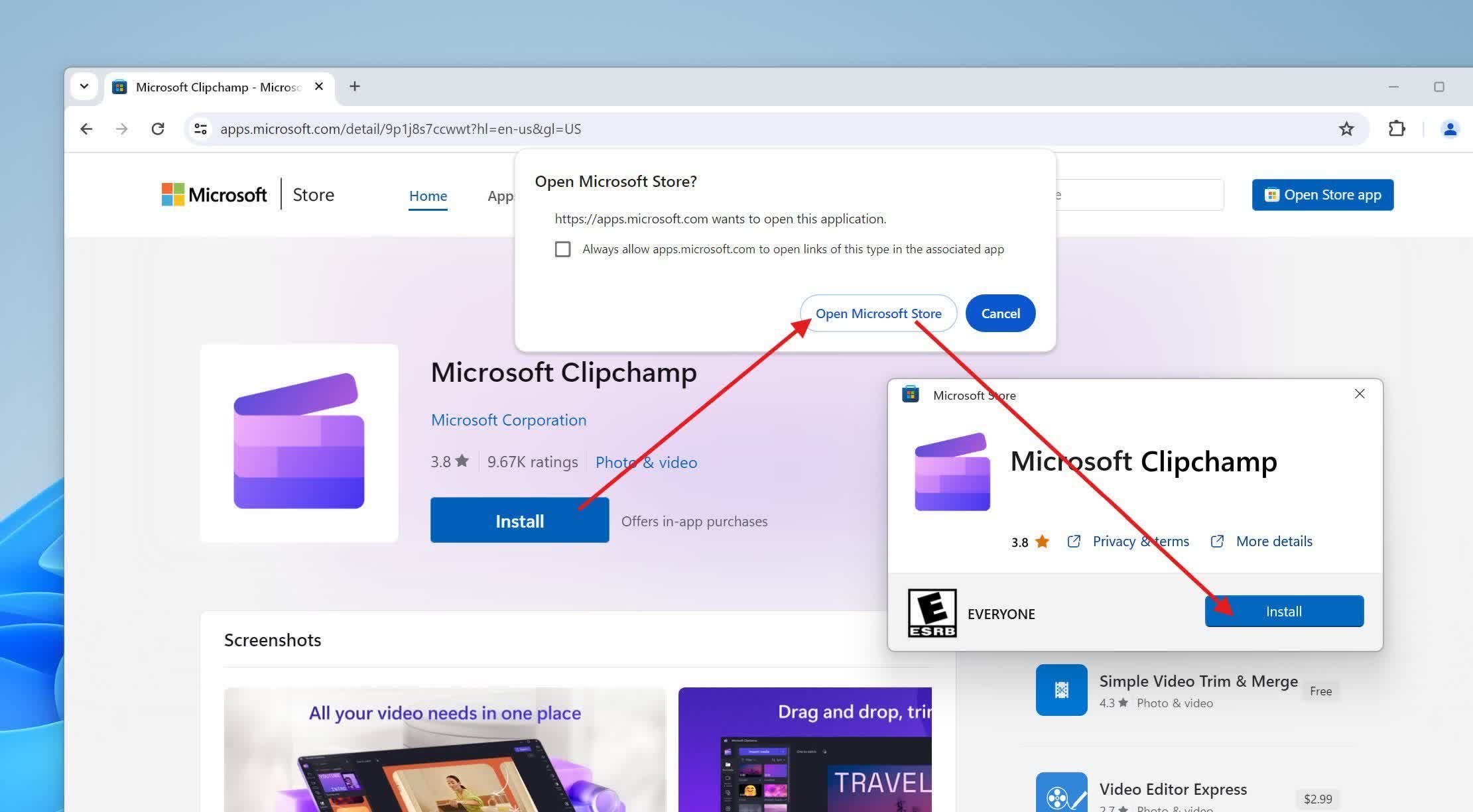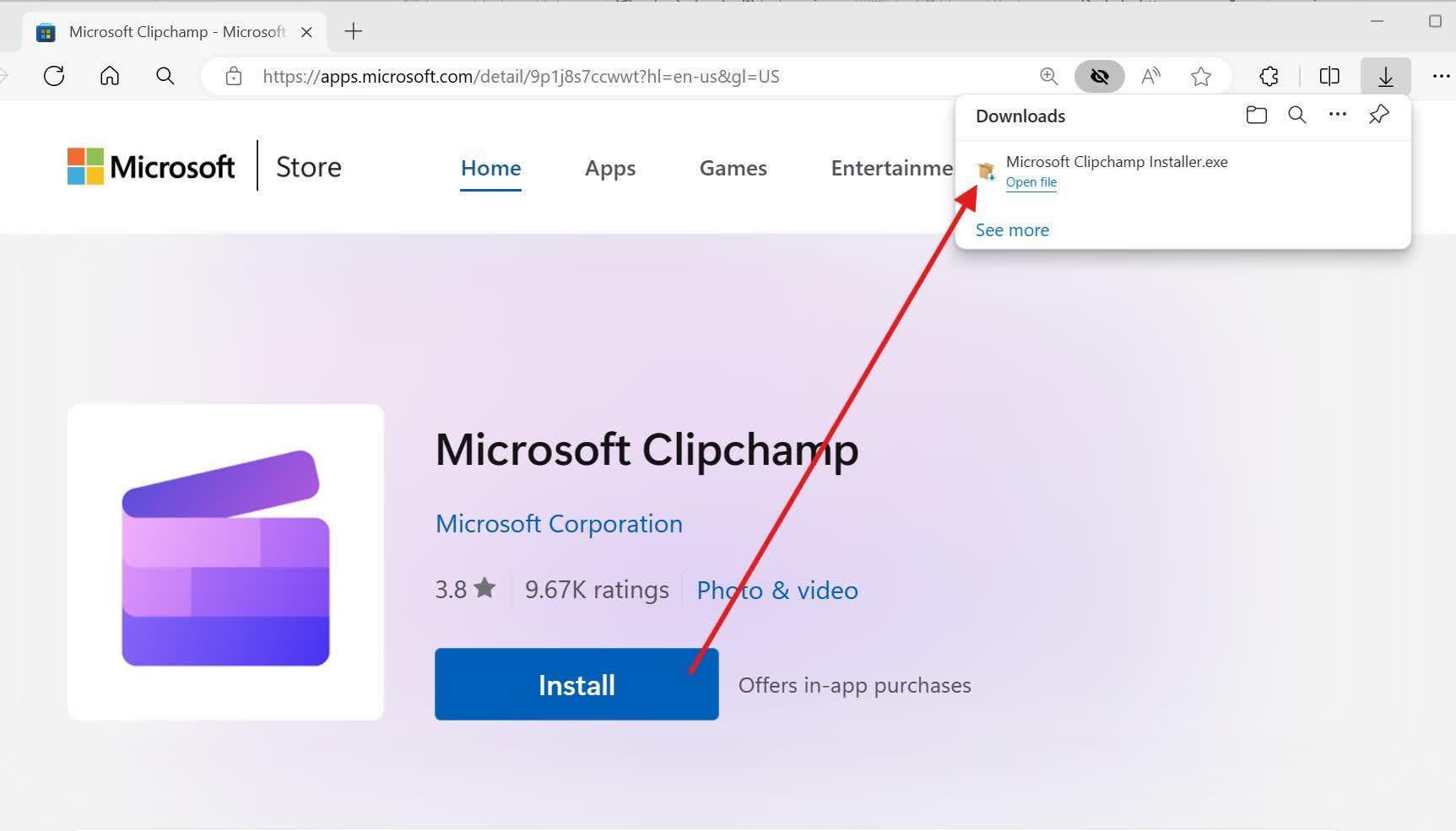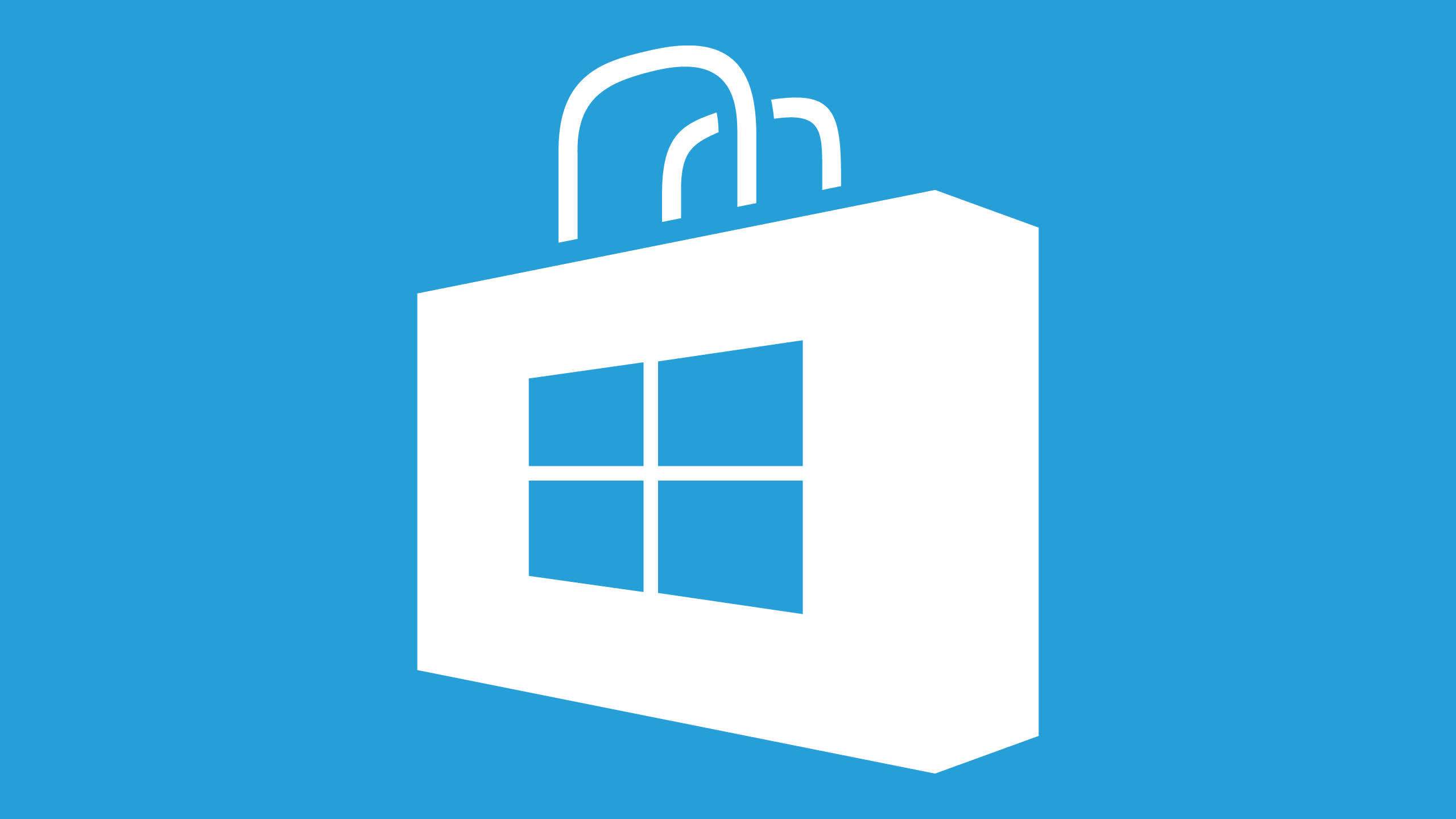Why it matters: Installing Windows Store apps from the web can be a hassle for some folks. Microsoft acknowledges that and is rolling out a slightly more user-friendly way to install Windows Store apps. It could also make it easier for developers to distribute their software without relying solely on the native Windows Store.
Microsoft has unveiled a new way of installing apps from the Windows Store via the web. Instead of using "deep links," the company will instead use an "undocked" version of the Windows Store to facilitate app installs. Ironically, the new way is more akin to installing regular executable files and should cut down on the hassle of installing Microsoft store apps.
Previously, clicking the "Install" button on the web version of the Windows Store would prompt the user to open the native Windows Store application and then click "Install" again. It seemed like an unnecessary step to simply install an application. The new executes a lightweight installer that runs with one click.

This method effectively reduces the number of "clicks" from three to two, which doesn't sound all that significant but can at least maintain a sense of seamlessness since it doesn't have to switch from the web to the native store. However, the standalone executable doesn't contain the full app installer (hence the lightweight description). Instead, it downloads the rest during the install process.
Microsoft claims that having an undocked version of the Windows Store still allows apps to stay updated with the latest features and even supports parallel multi-installations. The executable can also work even if users uninstall the native store app from their computer.

Rudy Huyn, a principal architect at Microsoft, noted that the reason for the second install sequence was to prevent malicious scripts from taking advantage of deep linking. Deep links are types of links that send a user directly to an application rather than a website or store. However, user complaints about installing Windows Store apps from the web prompted a five-month experiment to see if a standalone installer was more efficient.
Following the experiment, Huyn said the new installation method led to an average 12-percent increase in installations and a 54-percent increase in the number of apps launched. Microsoft will expand the effort to additional products and markets as a result of the positive feedback.
Not all applications work with the new installation method at the moment. Tom Warren at The Verge could download Snapchat and GroupMe using the new process, but the Discord app defaulted to the old method.
The fastest way to install Windows Store apps is still going through the Store directly, but it's good that Microsoft is trying to accommodate developers who also want to link from a website.
